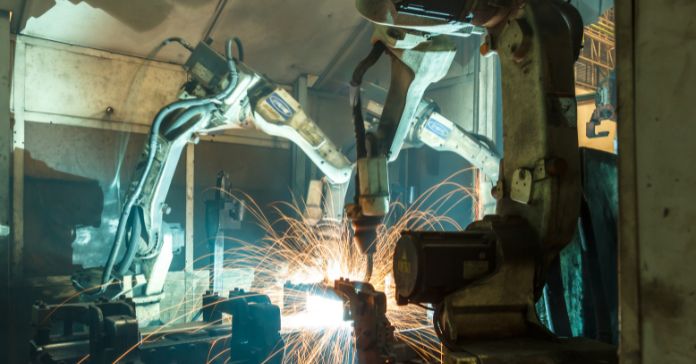
In the rapidly evolving landscape of industrial manufacturing, automation has become a key driver of efficiency, productivity, and quality. The welding sector, in particular, stands to gain significantly from the integration of automated processes. Automation in welding not only streamlines the manufacturing process but also addresses challenges related to labor shortage, ensures consistent quality, and enhances safety on the production floor.
Let’s look at reasons to automate your welding system to stay ahead of the competition and improve your bottom line.
Increased Efficiency
One of the primary reasons to automate your welding system is to improve overall efficiency. Automated processes eliminate manual labor, which can be time-consuming and prone to human error. With automation, welding operations can be faster and more accurate. This automation reduces production time, minimizes the risk of rework, and increases the overall output of your manufacturing facility.
Cost Savings
By automating your welding system, you can also achieve significant long-term cost savings. With reduced labor costs and increased efficiency, automated processes lead to lower production costs. Additionally, automated systems have a longer lifespan and require less maintenance than manual processes, resulting in further cost savings for your business.
Consistent Quality
Consistent weld quality is crucial for any manufacturing process, and automation can help achieve this goal. With automated welding systems, parameters like heat input, travel speed, and electrode position are under precise control, resulting in consistently high-quality welds. This step eliminates the risk of defects and improves the final product’s overall strength and durability.
Addressing Labor Shortages
The manufacturing industry faces a significant shortage of skilled labor, and welding is no exception. Automating your welding system can reduce your reliance on manual labor and address this challenge. Moreover, automated systems require minimal training, making it easier to onboard new employees and improve operational efficiency.
Enhanced Safety
Welding is a hazardous process, and manual welding operations can put workers at risk of injuries from heat, sparks, and fumes. By automating your welding system, you can improve workplace safety by reducing workers’ exposure to these hazards. This step protects your employees and minimizes the chances of accidents and potential downtime.
Staying Ahead of the Competition
Staying ahead in today’s highly competitive market is crucial for any business. By automating your welding system, you can improve your production capabilities and offer faster turnaround times to customers. These improvements enhance customer satisfaction and give your business a competitive edge.
There are several compelling reasons to automate your welding system, from increased efficiency and cost savings to consistent quality and enhanced safety. Understanding how welding automation can benefit small shops and large-scale manufacturing facilities alike can help you make an informed decision for your business. With the right automated welding system, you can improve your bottom line and keep up with the industrial sector’s ever-evolving demands.







